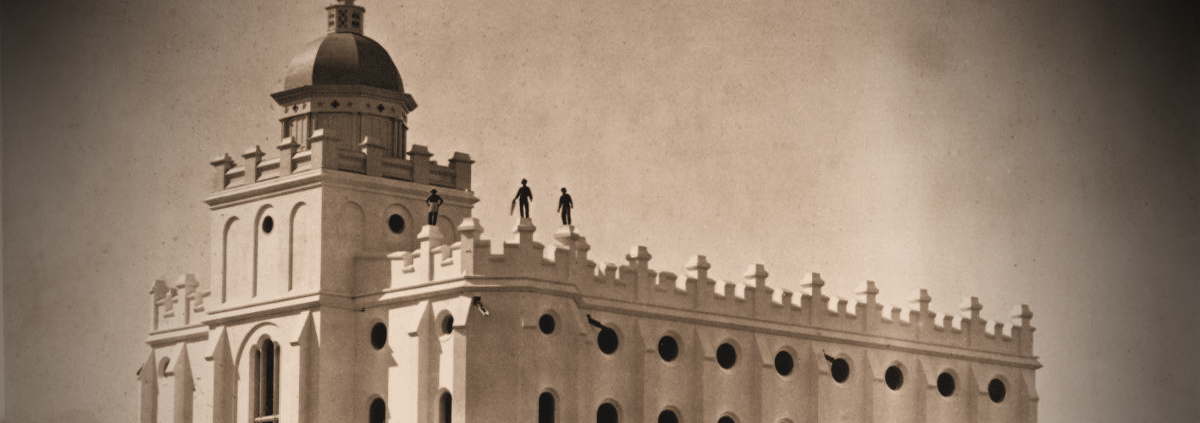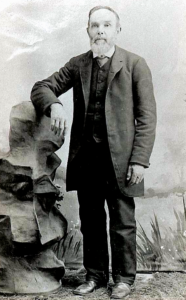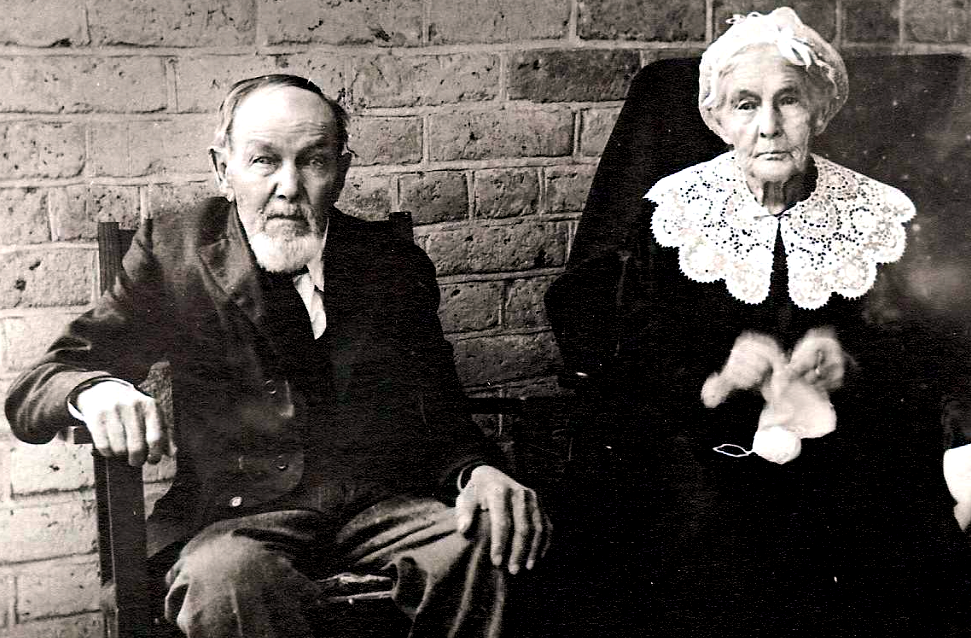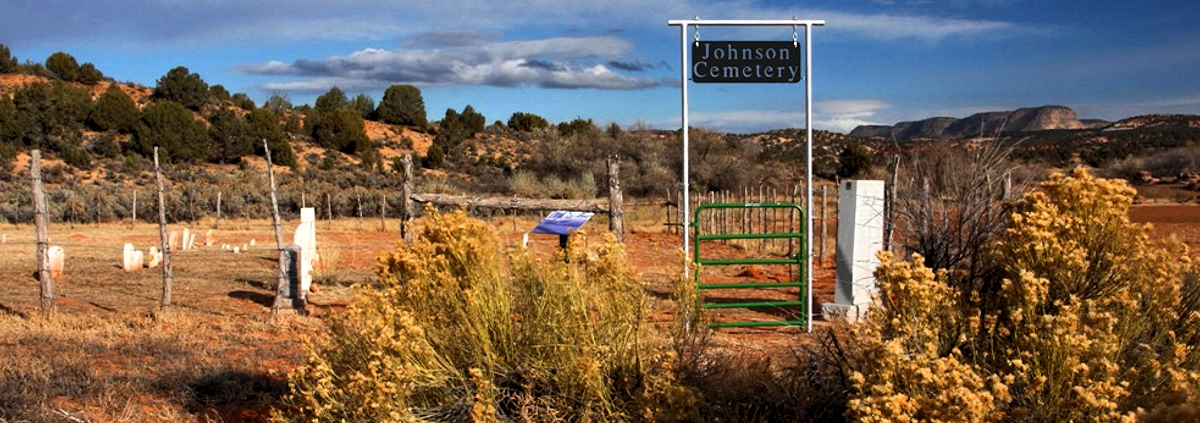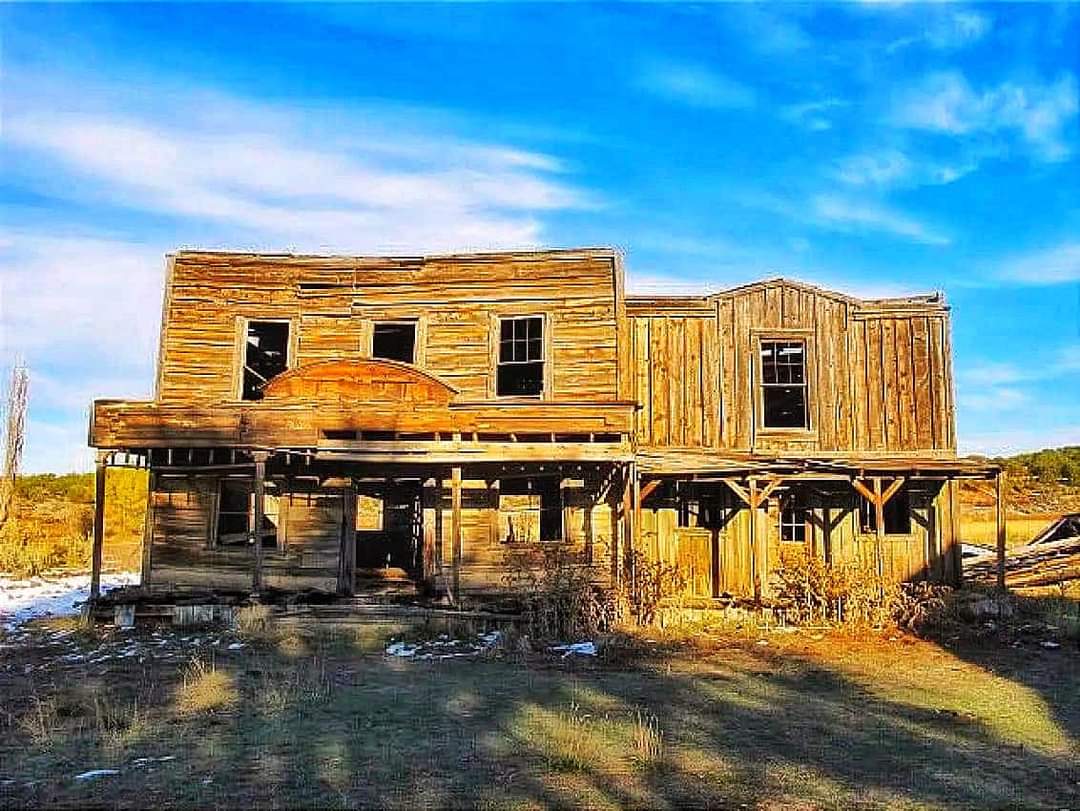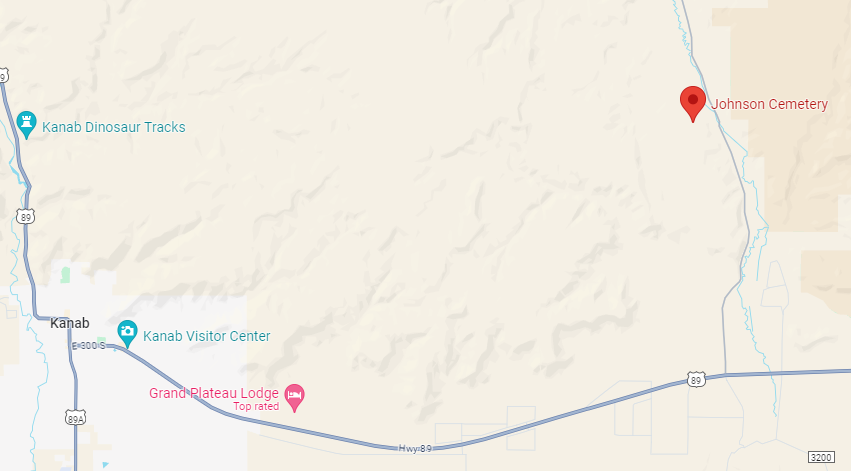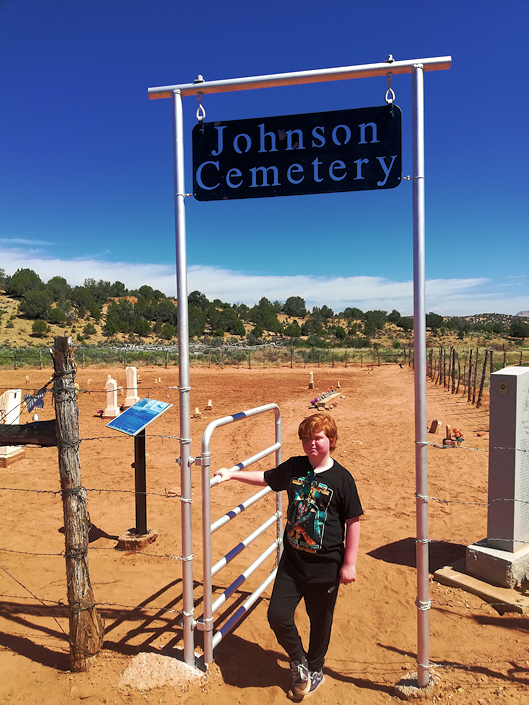Azariah’s Song
 Meet Henry W. Bigler, not-so-famous Mormon pioneer who lived from 1815 to 1900.
Meet Henry W. Bigler, not-so-famous Mormon pioneer who lived from 1815 to 1900.
From what I can tell, we have no relation to this fine man. But, I think it is important to learn his story and to appreciate his life. While he’s not family he sure connected to many of our Utah pioneer ancestors and crossed paths with many of them.
Born in 1815 in Virginia Henry W. Bigler would join the Church of Jesus Christ of Latter-day Saints in 1837. He was an avid life-long journal keeper and his record of life as a first-generation Latter-day Saint in Missouri, Illinois, and later in Utah has been studied extensively by modern scholars.
As a 30-year old single man in 1846 he joined the Mormon Battalion, documenting his experiences all the way to San Diego and then to the discovery of gold at Sutter’s Mill. He returned to Utah after that and lived in Farmington, Utah where he got married, began to farm and raise a family. In short order he was called on a mission to Hawaii, where he served for several years. He returned but was later called again to Hawaii to serve as mission president.
After he returned and with his family, Bigler was called to serve in the Cotton Mission and would spend the rest of his life in the St. George area. The final 20 years of his life was spent as a temple worker in the St. George Temple.
With such a history you would assume that Brother Bigler was well acquainted with the Westovers.
Indeed, he was. He is buried in the St. George City Cemetery just feed away from Uncle Charles and Aunt Eliza Westover. After his first wife passed away Henry Bigler married Eleanor Parthenia Emett, a daughter of Moses Emett, who was Electa Jane Westover’s husband. (keeping up?)
As a temple worker, he had to have known Electa Beal Westover, too.
I recently visited the Daughters of Utah Pioneers Museum in St. George and saw a small exhibit there dedicated to Henry W. Bigler.
Before my visit I knew his name if only because he is one of those pioneers who had family and connections all over the state, including up in Mendon, Utah where he had a brother who lived close to the Findleys and the Westovers.
I was also aware of Bigler’s Mormon Battalion Journal and I assumed he had to have known the Smiths due to his service in Company B.
What I wasn’t expecting to find was a treasure connected to Azariah Smith among the archived information at the DUP Museum in St. George dedicated to Henry Bigler.
~ Three Journals of the Mormon Battalion ~
The 1846-1848 march of the Mormon Battalion is well documented thanks to men like Henry W. Bigler. His is one of several journals that historians lean upon in sharing the experience of the Battalion.
It is interesting to note why Bigler’s journal is quoted most often, in contrast to the journals of Albert Smith and his son Azariah.
The first reason why Bigler’s journal is leaned upon so readily is because he wrote in it every day. Continuity of the story line seems to rise and fall on the pages of Henry Bigler’s journal. How he did it and the time it must have cost him cannot be underestimated.
Bigler seemed to have a sense of the importance of what he was writing. He knew it was historic.
But there are a couple of other things to consider in comparing the records these men left behind.
Bigler was a single man in his prime. His perspective is considered a little more balanced compared to the older Albert Smith and the younger Azariah Smith.
Albert Smith was a married man with four children. His wife Esther, and their remaining children, were left on the plains in the hands of Church leadership. Albert had the anxiety of not knowing their situation and expressed concerns constantly about their welfare. He was clearly anxious to get back to them.
Azariah was 17 when his enlistment in the Battalion began. He clearly came at the insistence of his father. Azariah’s perspective on the entire experience is clearly through the eyes of a teenager, who saw this entire new world with all the wonder you would expect.
Neither Albert or Azariah wrote on a daily basis. They could go weeks or even months at a time without recording an entry. Frequently, what they shared was after the fact. Bigler’s journal provides a more real-time perspective.
~ Azariah’s Song ~
A less well known chapter in the story of the Mormon Battalion was all that happened after their march ended in San Diego.
They were not immediately discharged. They found themselves somewhat idle in a beautiful place right by the ocean – a sight many of the men had never experienced. Each journal expresses the joy of discovery this part of the world meant to them.
It was also a period of celebration and transition for the Battalion.
For some, like Albert Smith, there was haste to get out of there and return to his family. For others, like Bigler, who did not have family responsibilities waiting for him in Utah, it was a time to wonder about the next call to serve. For Azariah, it was where the road to the future could take them.
That’s why Albert took off to return to Utah as soon as discharge orders arrived. But for Henry Bigler and Azariah Smith, and for a few other single men, the call to travel north to work at Sutter’s Mill was extended. They were sent there to make money and gather provisions needed for the pioneer effort in Utah.
But they had to wait the full time of their enlistment until they could all go. Among their activities was a patriotic celebration of the 4th of July in San Diego. It was there that speeches were given and recreation was had while celebrating their service to country. It was also there that Henry Bigler recorded a song penned by the young Azariah Smith just for the celebration.
This is Azariah’s song:
In forty-six we bade adieu
To loving friends and kindred too:
For one year’s service, one and all
Enlisted at our country’s call,
In these hard times.
We onward marched until we gained
Fort Leavenworth, where we obtained
Our outfit-each a musket drew-
Canteen, knapsack, and money, too,
In these hard times.
Our Colonel died-Smith took his place,
And marched us on at rapid pace;
O’er hills and plains, we had to go,
Through herds of deer and buffalo,
In these hard times.
O’er mountains and through valleys too-
We town and villages went through;
Through forests dense, with mazes twined,
Our tedious step we had to wind,
In these hard times.
At length we came to Santa Fe,
As much fatigued as men could be;
With only ten days there to stay,
When orders came to march away,
In these hard times.
Three days and twenty we march’d down
Rio Del Norte, past many a town;
Then changed our course-resolved to go
Across the mountains, high or low,
In these hard times.
We found the mountains very high,
Our patience and our strength to try;
For, on half rations, day by day,
O’er mountain heights we made our way,
In these hard times.
Some pushed the wagons up the hill,
Some drove the teams, some pack’d the mules,
Some stood on guard by night and day,
Lest haplessly our teams should stray,
In these hard times.
We traveled twenty days or more,
Adown the Gila River’s shore-
Crossed o’er the Colorado then,
And marched upon a sandy plain,
In these hard times.
We thirsted much from day to day,
And mules were dying by the way,
When lo! to view, a glad scene burst,
Where all could quench our burning thirst,
In these hard times.
We traveled on without delay,
And quartered at San Luis Rey;
We halted there some thirty days,
And now are quartered in this place,
In these hard times.
A “Mormon” soldier band we are:
May our great Father’s watchful care
In safety kindly guide our feet,
Till we, again, our friends shall meet,
And have good times.
O yes, we trust to meet our friends
Where truth its light to all extends-
Where love prevails in every breast,
Throughout the province of the blest,
And have good times.
While I was aware of Azariah’s connection to Henry Bigler (more on that below) it wasn’t until I found the Bigler exhibit at the DUP Museum that I learned about Azariah’s song.
To me this is quite the insight into the young mind and keen talents of Azariah Smith. I appreciate adding this to his record.
~ Sutter’s Mill ~
Members of the Battalion, and indeed all the pioneers of 1847, would be celebrated in later years for what they did.
When the fifty year mark of the discovery of gold in California came up, newspapers in San Francisco were trying to piece together the definitive story of how it all happened. Henry Bigler saw that newspaper’s call for information and offered up his journals.
The State of California was quick to embrace Bigler’s record. From it they were able to learn the names of all the men who were there and they invited Bigler – and Azariah and others – to an all expense paid trip to San Francisco to celebrate the 50th Anniversary. This is the photo, now famous, that they took of that event. Henry Bigler is standing in the back on the left, Azariah Smith is standing in the back on the right.
It is also interesting to note that a 50th anniversary photo of surviving members of the Mormon Battalion does NOT include either Azariah Smith or Henry Bigler:
However, this photo of surviving 1847 pioneers taken during the Jubilee of 1897, may include both men because both of their journals mention being there:
Henry Bigler would live until 1900. Azariah Smith survived until 1912.
Both men seemed to have a sense of their historic standing. Both appreciated “being there” when it came to the pioneer events of the American West, which included the Mormon Battalion, the discovery of gold in California, and the building and dedicating of temples in St. George and in Manti.
Why was Azariah’s song included in Bigler’s DUP display?
The ladies at the DUP Museum could not explain it. They couldn’t even explain where Azariah’s song originally came from. They did allow me to take a photo of it, as they couldn’t find an original copy that was submitted. Regardless, I’m glad to have it and will include it in Azariah’s record on Family Search.















